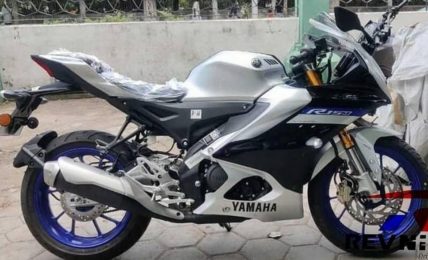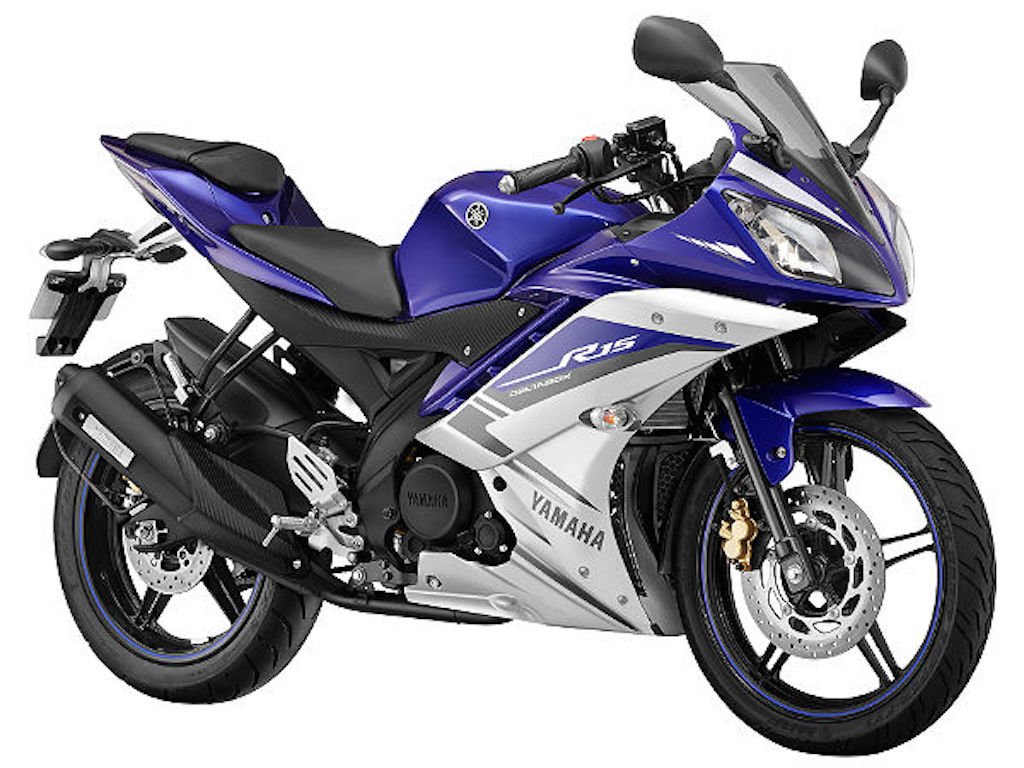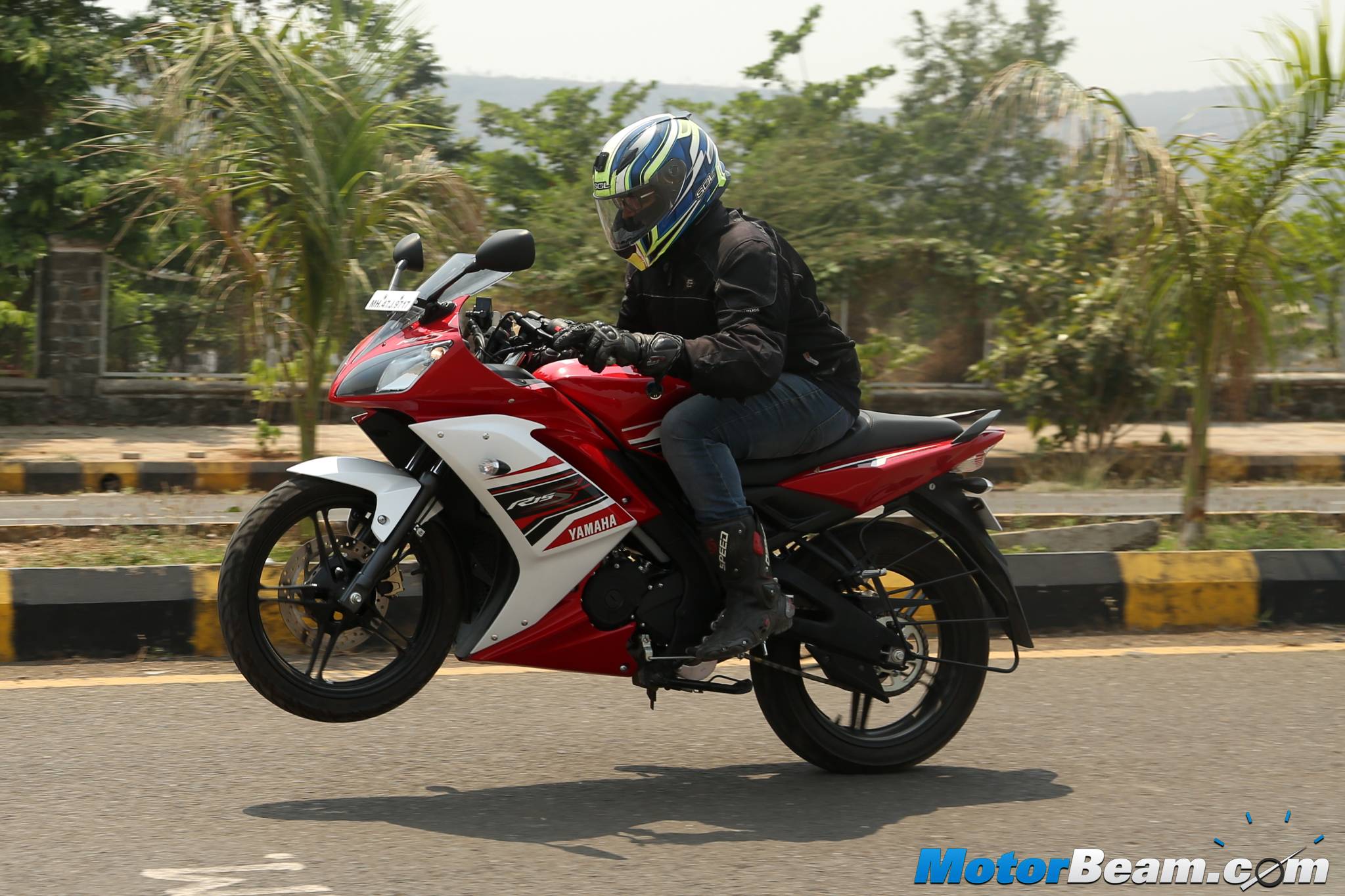The 155cc motor with VVA does not disappoint ever!
The suspension setup as many would complain is inferior to that on the international variant but in reality, it is very well suited for the Indian road conditions. The setup is stiff compared to the other 150-160cc motorcycles in this segment but it is rather softly sprung if you compare it with the KTM RC series. The longer wheelbase gives it great straight-line stability while pushing hard and the Deltabox frame keeps everything in control even while taking a corner or managing and filtering traffic.
Going the distance? The 11-litre fuel tank might be a bit small
The clip-on handlebar does make you feel that you are riding a smaller than a usual motorcycle and this helped a lot while filtering through heavy traffic. The mirrors, on the other hand, created problems while doing so and had to be folded-shut every time. The mirrors did give a decent view of what’s behind once adjusted properly else you would just see your arms all the time. After completing almost 1000 kms in just 3 weeks, I had to return the R15 as the BS6 fleet was on its way.
The exhaust note is quite engaging as you open the throttle
In this 21 days of riding, I realized I was riding the most powerful R15 that Yamaha ever made as the BS6 norms would cause a drop in power figures by a decent margin. The R15 isn’t a practical daily commuter for everyone but the young blood who is ready to accept the aggressive riding posture can manage it very well. It isn’t a comfortable motorcycle at all but the way it looks and the attention it grabs is very addictive. I am waiting to get my hands on the BS6 lot and see how things get better or worse since the norms will make it even smoother but possibly slower.
Design, handling, as well as the motor, everything is quite sharp
Further Reading –
2018 Yamaha R15 V3 Review
2018 Yamaha R15 V3 Video Review
2018 Yamaha R15 V3 – Pros & Cons [Video]
Yamaha R15 V3 vs Pulsar RS 200 – Shootout
Yamaha R15 V3 vs Yamaha FZ25 – Video Shootout
Yamaha R15 V3 – Pros & Cons In Hindi [Video]
Yamaha R15 History – India’s First Mini Superbike! [Video]
Pulsar RS 200 vs Yamaha R15 V3 – Fanboys [Video]




